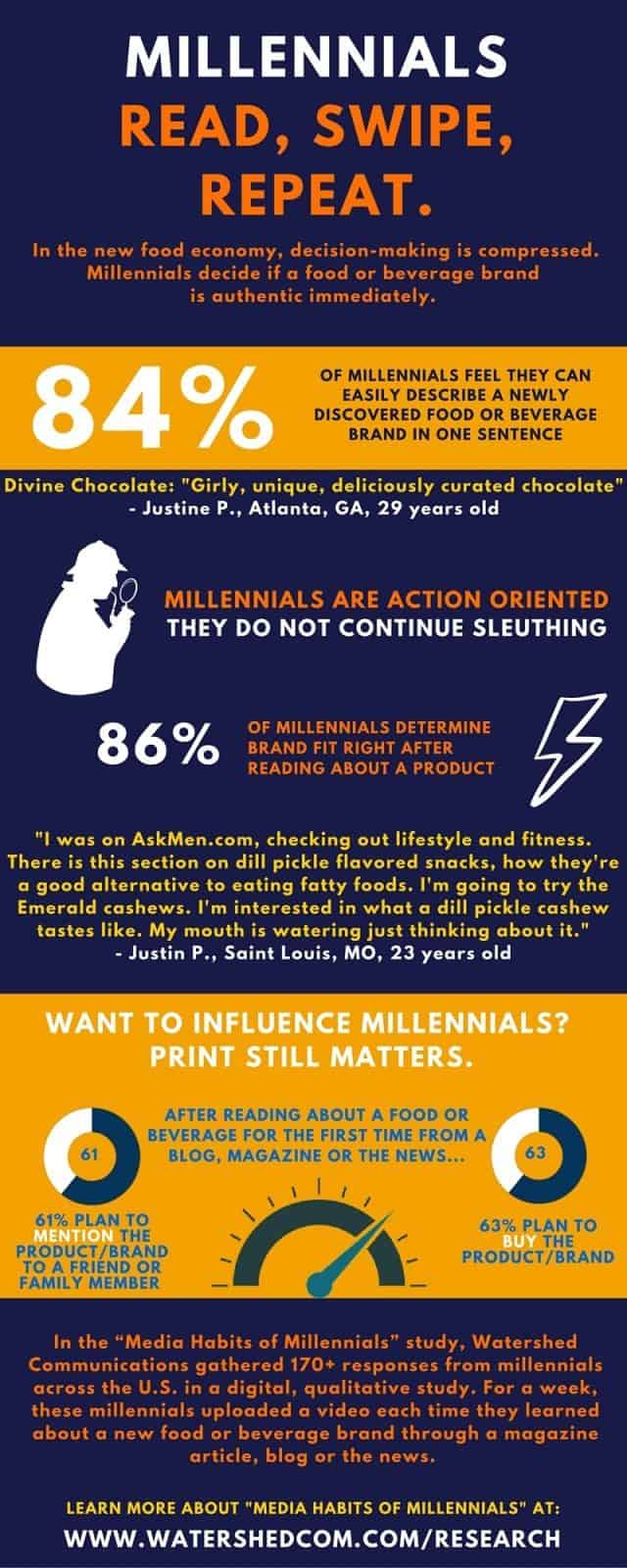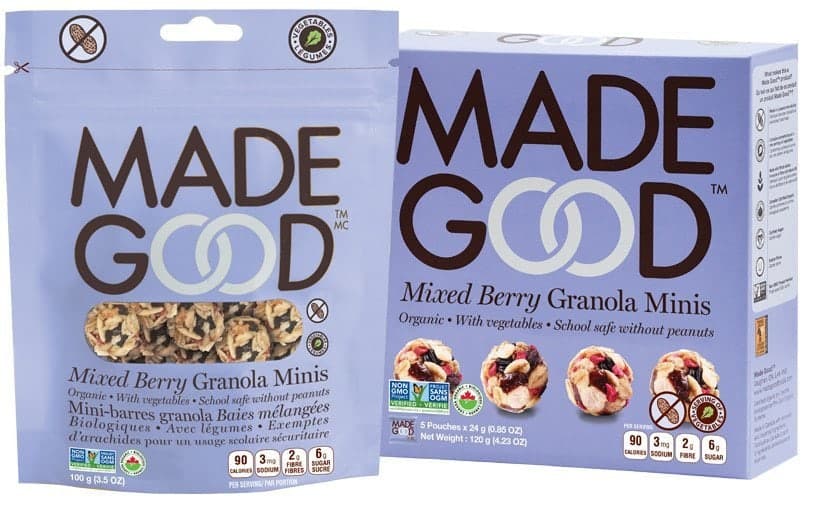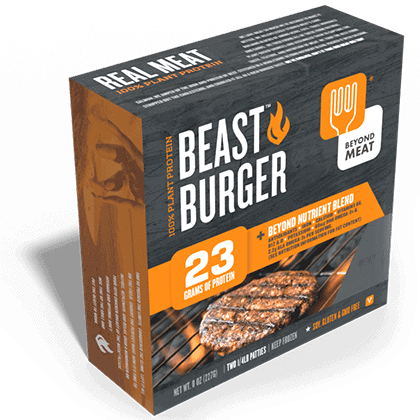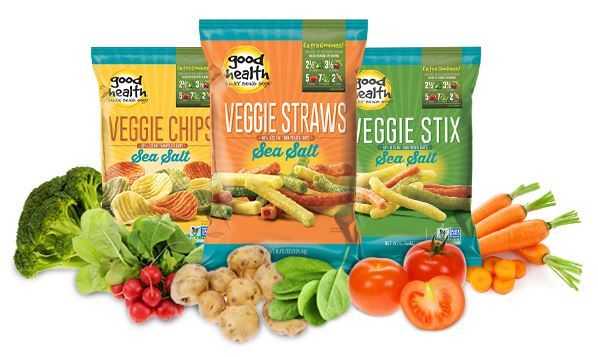Nielsen Says Consumers Are Now Ingredient Inspectors
With the advent of healthy living and clean eating, more people all over the world now practice due diligence when it comes to their food. In the recent Nielsen’s Global Health and Ingredient-Sentiment Survey, 70% of the respondents said that they make dietary choices to avoid health problems like diabetes, high blood pressure, and obesity. Nielsen has nicknamed these consumers the “ingredient inspectors.”
People Are Willing to Pay More for Healthy Foods
Around 68% of the respondents surveyed agreed that they are willing to pay more for healthy food and beverages. This was supported by U.S. retail sales data which indicated that the sales of health and wellness products are outpacing other types of fast-moving consumer goods.
According to Director Andrew Mandzy from Neilsen’s Strategic Health and Wellness Insights group, most consumers want to eat healthily. But they need the commitment from food manufacturers to create products that are made from simple and clean ingredients. Consumers depend on food companies to develop “better-for-you” products that are still convenient for their busy lifestyles.
Reasons for The Rise in Ingredient Inspectors
So why is there a rising trend in the food and wellness industry? Perhaps one of the reasons is food sensitivity or intolerance. The same survey conducted by Neilsen indicated that 36% of the respondents revealed that they opted for healthy foods because they are suffering from allergies or live with someone who does. The rise of lactose intolerance and seafood allergies was cited by 12% of the respondents.
Aside from food allergies, many consumers are actively excluding several ingredients from their diets. This motivation to eliminate certain foods can be brought about by religious influences or just small lifestyle decisions. Regardless, 64% of the respondents follow diets that prohibit certain foods or ingredients. For instance, 84% of the African and Middle Eastern respondents reveal that they follow a special diet as cited by their religion. Respondents from Asia-Pacific scored 72% on the survey indicating that they support it for lifestyle and religious purposes. Most of them adhered to a vegetarian diet as reflective of their beliefs. Only 44% of people living in North America and Europe cited motivation from religion to exclude ingredients in their food.

In the global survey, it was indicated that sugar is the most common ingredient that is eliminated by 31% of the respondents. Others limit their intake of carbohydrates and sodium for health reasons. Many of the interviewees are well aware of the effects caused by the foods they eat. In fact, 75% of people are anxious about the long-term impacts of incorporating synthetic ingredients into their food. Most of the respondents avoid foods that contain preservatives, coloring, and artificial flavors.
Consumers are demanding better food, and it’s up to food companies to supply this growing demand. It’s up to food companies to capitalize on the new opportunity and win customers with new healthy options.
Inspired by nielsen.com


 Consumers have different reasons for why they opt for products with such labels. Younger people look for products that are all-natural, gluten-free, and organic. Baby boomers have an even simpler reason, and that is to avoid artificial additives in their products. There is an increasing interest for products with clean labels among baby boomers as this age group is starting to experience many health setbacks. The need for clean and natural food is essential to maintain good health for all ages.
Consumers have different reasons for why they opt for products with such labels. Younger people look for products that are all-natural, gluten-free, and organic. Baby boomers have an even simpler reason, and that is to avoid artificial additives in their products. There is an increasing interest for products with clean labels among baby boomers as this age group is starting to experience many health setbacks. The need for clean and natural food is essential to maintain good health for all ages. Aside from creating alternative protein sources, many food manufacturers are also joining the bandwagon of free-from foods. Free-from foods are those that do not contain a particular detrimental ingredient. These include gluten-free, dairy-free and allergen-free foods. Many food manufacturers produce these specialty food products for flexitarian consumers who suffer from certain conditions that can be triggered by the presence of “detrimental” foods.
Aside from creating alternative protein sources, many food manufacturers are also joining the bandwagon of free-from foods. Free-from foods are those that do not contain a particular detrimental ingredient. These include gluten-free, dairy-free and allergen-free foods. Many food manufacturers produce these specialty food products for flexitarian consumers who suffer from certain conditions that can be triggered by the presence of “detrimental” foods. It seems the rise of the flexitarian is due to the collision of the health, nutrition, and wellness trends in the market. The “clean label” and “simple ingredients” trends fall in line with the demand from flexitarians. Many flexitarian consumers are now opting for products that are made from natural ingredients using natural processing methods.
It seems the rise of the flexitarian is due to the collision of the health, nutrition, and wellness trends in the market. The “clean label” and “simple ingredients” trends fall in line with the demand from flexitarians. Many flexitarian consumers are now opting for products that are made from natural ingredients using natural processing methods. Snacks that are based on fresh fruit and vegetables are very popular. These include the sweet dried or chocolate dipped fruits to the tasty veggie chips. Many consumers opt for fresh fruit and vegetable snacks because they are not only satisfying but also healthier than traditional snacks. Using an ingredient like GrandFusion nutrient blends gives brands the opportunity to add natural vitamins from fruit and/or vegetables without impacting the taste or texture of the snacks.
Snacks that are based on fresh fruit and vegetables are very popular. These include the sweet dried or chocolate dipped fruits to the tasty veggie chips. Many consumers opt for fresh fruit and vegetable snacks because they are not only satisfying but also healthier than traditional snacks. Using an ingredient like GrandFusion nutrient blends gives brands the opportunity to add natural vitamins from fruit and/or vegetables without impacting the taste or texture of the snacks. Snacking on Simple and Real Ingredients
Snacking on Simple and Real Ingredients
